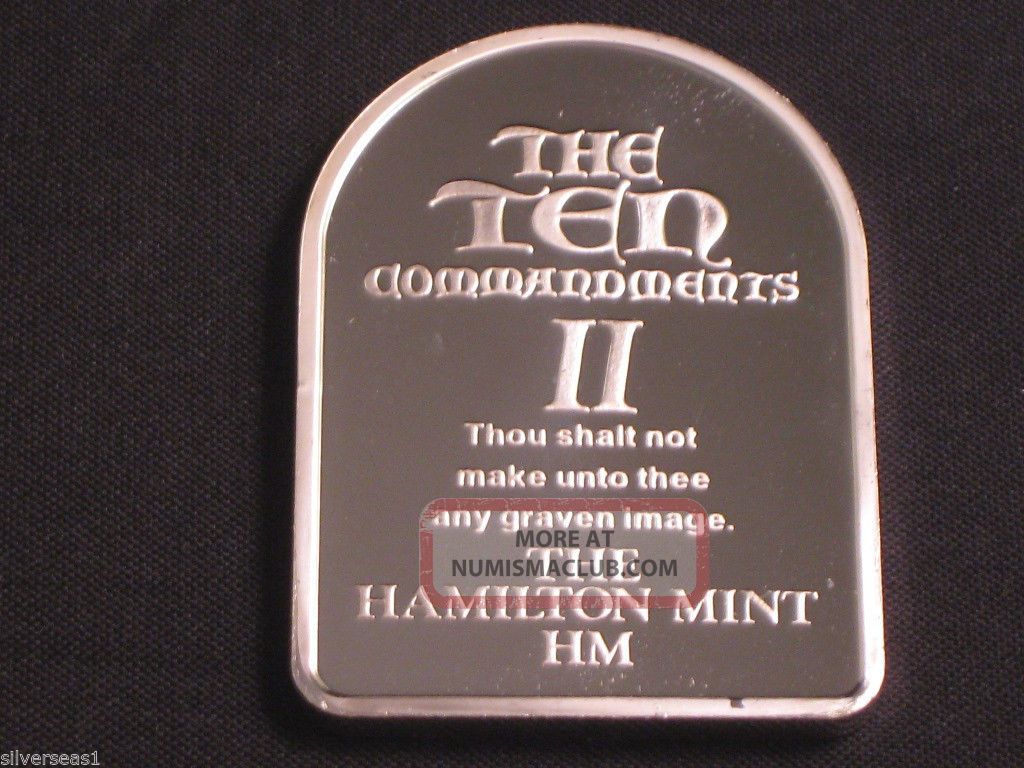
The gods were usually considered tempestuous and unpredictable, but through rituals, charms, and other means, worshippers gained some sense of control and security.Ĭonsidering idolatry was the prevailing religion of the day, it is no surprise that this was a major problem God had to address with the Israelites over and over again. Talismans could be crafted to offer protection and household idols were placed to bring blessing to the family. If a person could find the force that controlled a specific aspect of their life-for example, a farmer finding a rain god-a person could build a temple and offer sacrifices in order to appease and persuade the god to act in a favorable manner. The King James Version of the Bible mentions “graven images” about 40 times.Ī large part of idolatry was the attempt to exercise some control over circumstances. Though bowing down to a stone or statue may sound silly to a lot of us, this was a major problem for the Israelites. It is notable that when the Bible refers to these “graven images,” now usually translated as idols, it is specifically referring to objects of worship. Though it was acknowledged that idols were built by human hands, the gods, or at least portions of their power, were still believed to indwell them. Idols were often fashioned as humanoid figures, animals, or a mixture of both. This is even referenced in the Bible, in 1 Kings 18:28.

Canaanites were known to sacrifice children to Molech before his statue, while prophets of Baal slashed themselves to invoke the attention of their god. Gods in the ancient Near East could be bloodthirsty. These idols were believed to hold the power of the gods. When God gave the Ten Commandments, the Israelites had just left Egypt, where the Egyptians worshiped dozens, even hundreds, of gods represented by idols. Idols were common in the world around the Israelites. Thus, a graven image was carved, as out of stone, wood, or metal, either a statue or a relief carving as on a wall or pole (like an Asherah pole). The Hebrew word (roughly Romanized to “ pesel”) that is translated to graven image in Exodus 20:4, might also be translated as “idol” or “image.” Judges 18:14 gives further context, differentiating between a graven image ( pesel) and molten image ( maccekah).


 0 kommentar(er)
0 kommentar(er)
